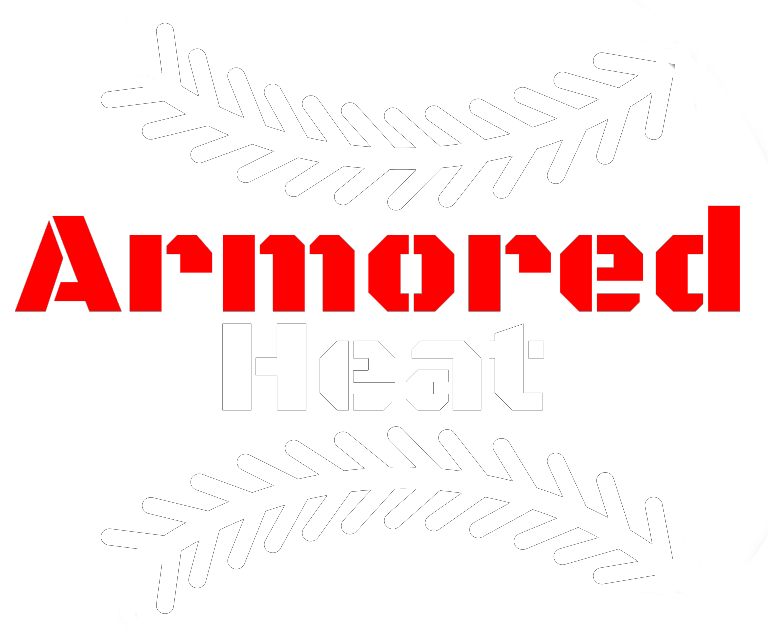7 Steps To Improve Your T-Spine Mobility
The Thoracic Spine can play a huge role in both Arm Health and Velocity. Oftentimes, a Thoracic Spine may be hypomobile (stiff) and limit the amount of force that can be transferred from the trunk to the arm. In addition, the T-Spine/Ribs act as a foundation for the Scapula to sit on so it has a huge influence on the Shoulder as well. In this article, we will briefly describe the principles to improve your T-Spine mobility if that is a goal of yours. In attempt to make this applicable for many different Philosophies, we want to emphasize that there are many methods/schools of thought that can be overlayed on top of these principles based on your personal philosophies: (PRI, DNS, etc). In addition, you may want to be more specific with exactly which motion you want to improve vs this more general example.
7 Step Process
1) T Spine Manipulation or Adjustment (Use Foam Roll or Lacrosse ball if no access to practitioner)
2) Heavy Soft Tissue work and elongation to Pec Major and Minor: If these become restricted, they can end up biasing the body to T Spine flexion with the loss of extension Range over time
3) Forced T Spine Extension to move into new Range of Motion: The levered T Spine Extension is 1 of many great options that fits this step
4) Full Range Rotation with Assistance: This step is a Motor Control Primer essentially teaching your body where your new end range is and showing the neurological system that you can safely get there
5) Full Range Rotation - No Assistance: This is used as a check to ensure that you can actively hit your end ranges. If it is still less than the Assisted range, continue Motor Control training
6) Full Range Rotation with Resistance: This can be achieved in many ways as this would be a base level version and can be progressed in increased loads and multiple planes
7) It is now time to progressively add speed: Med Ball Variations offer a great bridge to throwing especially in trunk specific motions
These are just fundamental principles of improving T Spine Mobility and should be individually applied based on your specific needs. Ex: One athletes only limiting factor may be motor control whereas a structurally stiff athlete may be able to use the range wonderfully as long he can finally access it. Again, case by case on that aspect but this offers a general “catch most” playbook
